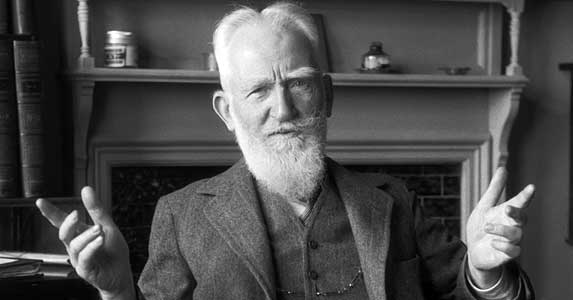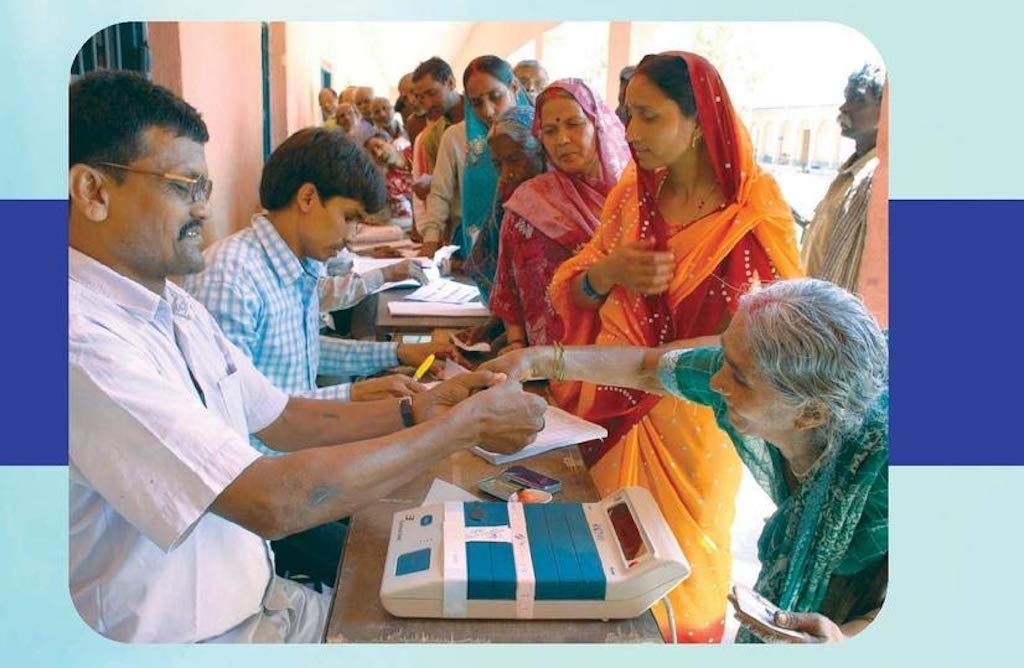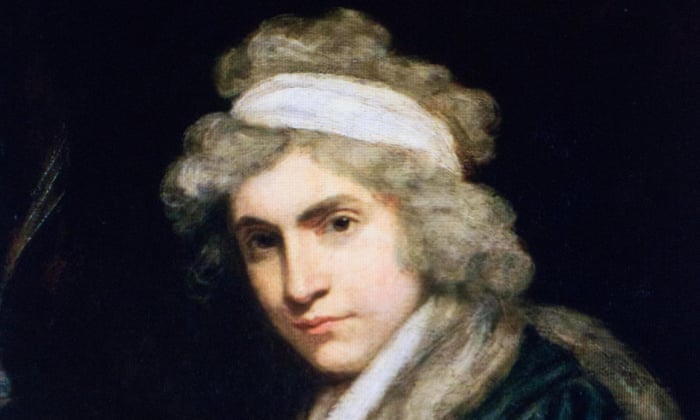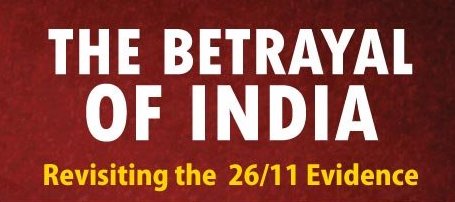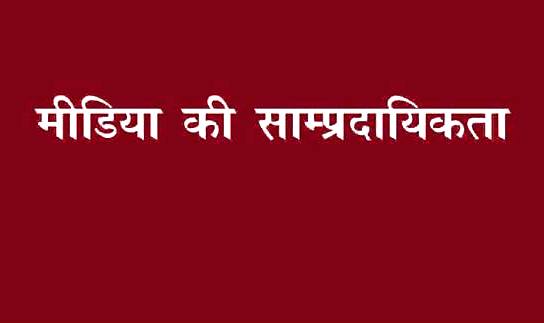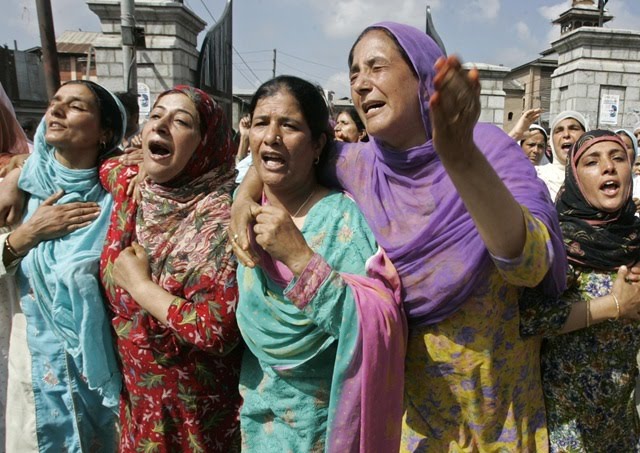Bernard Shaw’s Guide to Socialism Addresses the Perils of Capitalism and How to Fix it
‘The Intelligent Woman’s Guide to Socialism, Capitalism, Sovietism, and Fascism’ by Bernard…
Why “We Should All Be Feminists”
Sex is child's play; but gender is a serious business. …
Review Essay —Post-Mandal Politics in Bihar: Changing Electoral Patterns
By Mohammad Sajjad In recent decades professionally renowned publication houses have brought…
Mary Wollstonecraft: A Woman who Rebelled Against Gender-Based Double Standards in 18th Century France
Afshan Khan, BeyondHeadlines Mary Wollstonecraft can be seen as the first feminist…
‘Considering the Cow as divine is an insult to humankind’
By Afshan Khan, BeyondHeadlines The book, 'Of Saffron Flags and Skullcaps: Hindutva,…
26/11: The Betrayal of India
Book Review — by Dr Ludwig Watzal The Betrayal of India, Pharos, New Delhi 2017,…
Review: Communalism of Media
Er. Saiful Islam for BeyondHeadlines Edited by: Anil Chamdia ISBN: 978-81-9268527-4 Authors…
Review: Rainbows in the Desert and Other Stories by Archna Pant
Pratyush Pushkar for BeyondHeadlines Book: Rainbows in the Desert and Other Stories…
Book Review: Widows and Half Widows: Saga of Extrajudicial Arrests and Killings in Kashmir
Reviewed By Mushtaq Ul Haq Ahmad Sikander The armed insurgency has brought…
Book Review: Rape of Kashmiri Women
Mushtaq Ul Haq Ahmad Sikander, BeyondHeadlines Kashmir Mey Khawateen Ki Behurmati (Rape…

